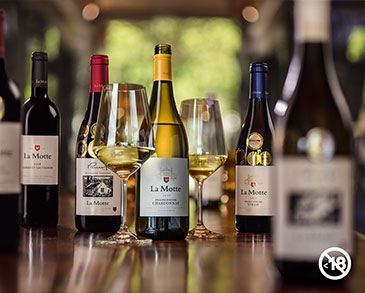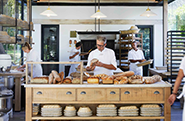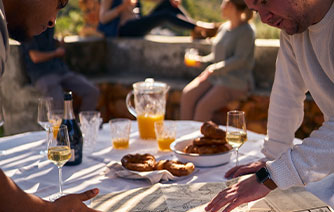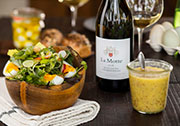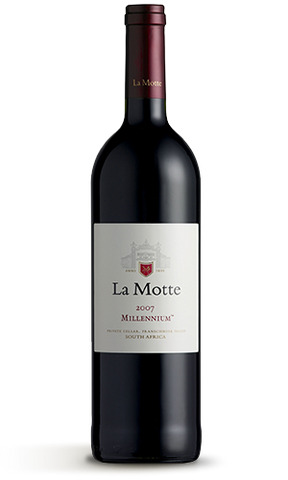
This wine originates from vineyards in the Walker Bay (77%) and Stellenbosch (23%) regions. Only the Cabernet Sauvignon came from the Stellenbosch region. Grapes from each of these regions make a unique contribution to the flavour components.
The period that preceded the 2007 season was virtually perfect for wine-making purposes, with a cold winter, cool spring- time, welcome early summer rains and a dry January. Few problems were experienced and only routine leaf management and other practices were needed until the end of January, when the Boland was hit by an extended heat wave. This deprived early varietals such as Malbec and Merlot of valuable time on the vine and forced earlier harvesting. Temperatures became mild and allowed Cabernet Sauvignon, Cabernet Franc and Petit Verdot to ripen gradually. Flavours and analyses were positive, with good acid and pH levels. Grapes were extremely healthy.
Each vineyard has its own macro climate and vineyards grow in a large variety of soil types. Different clones are represented. All the vineyards are trellised according to the Perold system and managed to maintain a perfect balance between leaf coverage and yield. Thanks to the different terroirs, each region produces its own distinctive grapes, so the grapes from each area make a unique contribution towards flavour and structure. Grapes from the Walker Bay region are produced organically.
Grapes for this wine consist of 31% Merlot, 30% Cabernet Franc, 23% Cabernet Sauvignon, 12% Malbec and 4% Petit Verdot. Before and after de-stalking, all the grapes were hand-sorted. The de- stalked grapes were cool-soaked for two to three days, followed by inoculation with selected yeasts. Fermentation was at between 25 to 30 degrees Celsius. After fermentation, the grapes were left on the lees for a further 20 days tot enhance extraction and body. Malolactic fermentation was partly in the barrels.
Dominated by earthy flavours and spice on the nose, with beetroot and cinnamon showing strongly, marjoram herbs. The palate has dusty tannins and the body is muscular with rich, juicy consistency.
Alcohol 13,85% vol
Residual sugar 2,7 g/l
Total acid 5,3 g/l
pH 3,81

